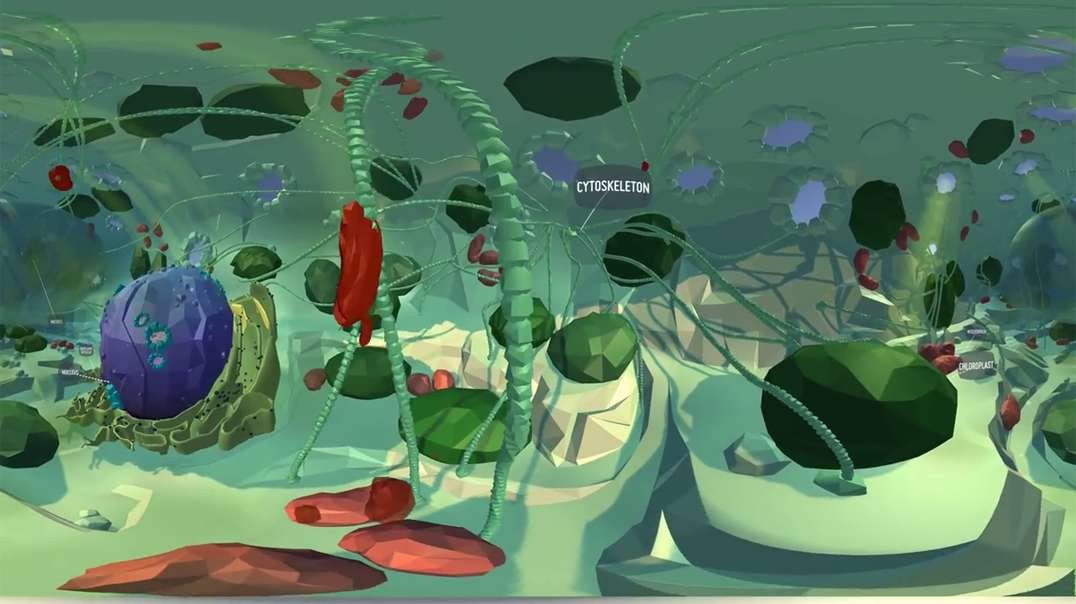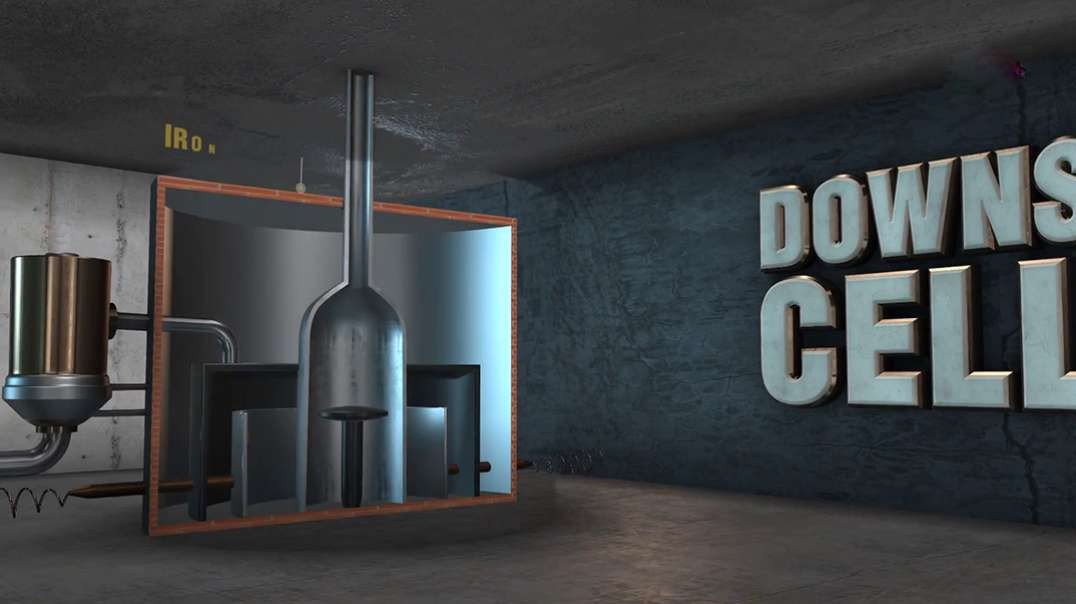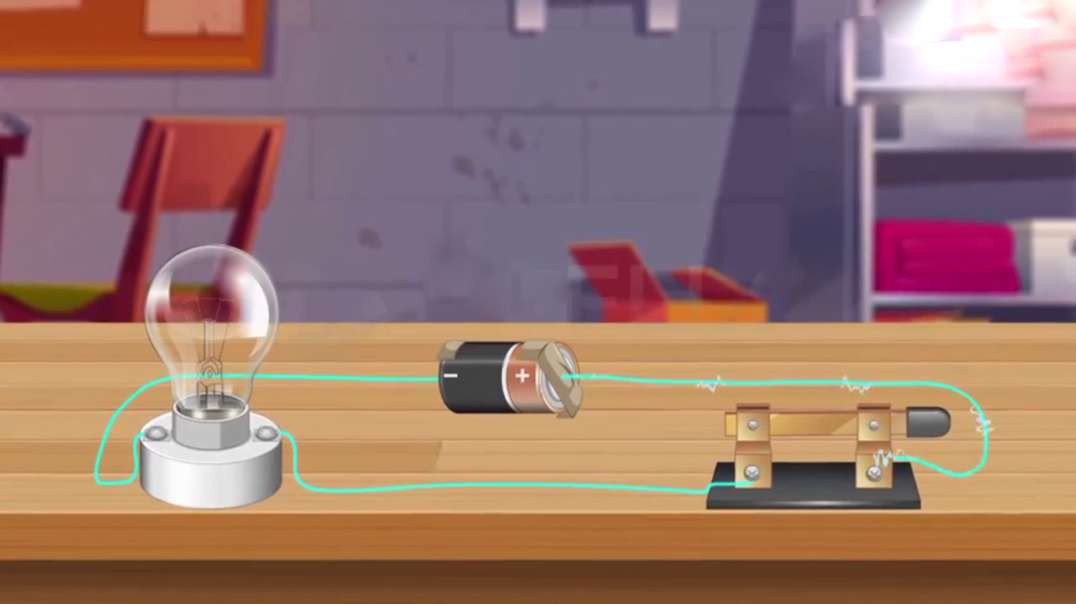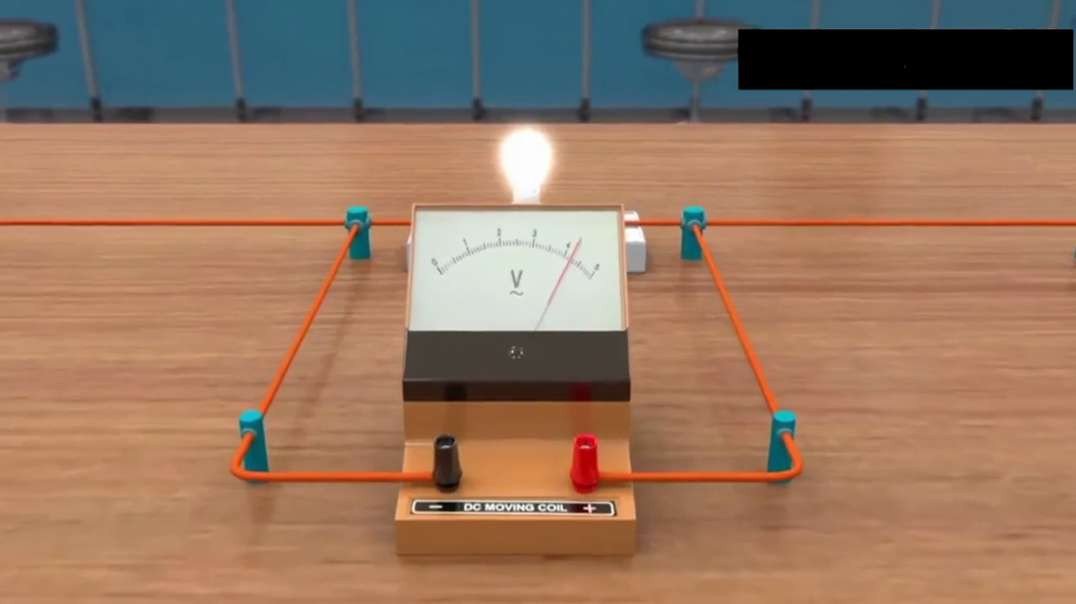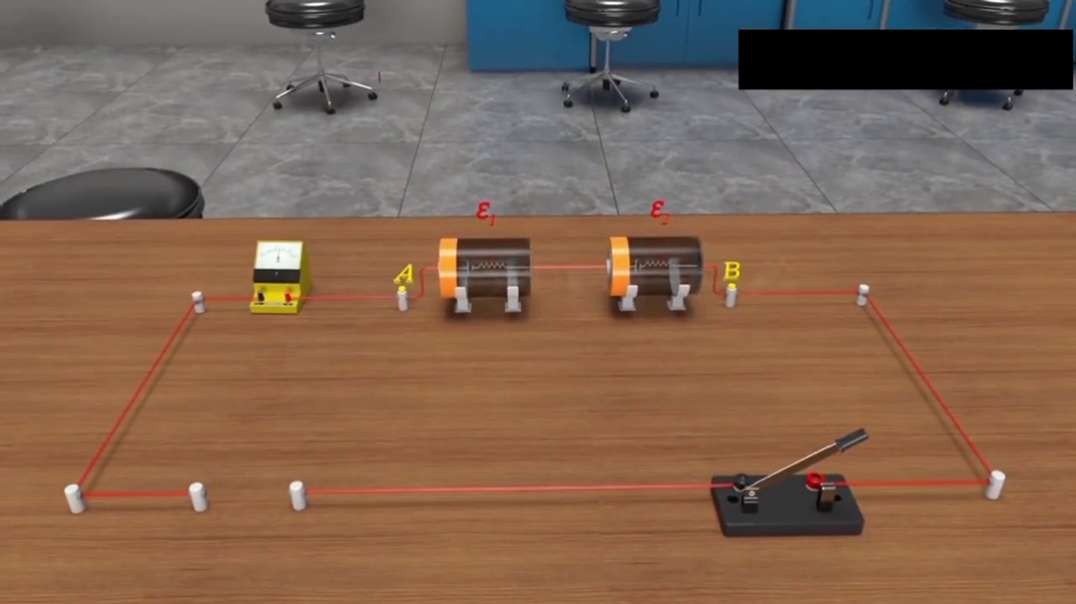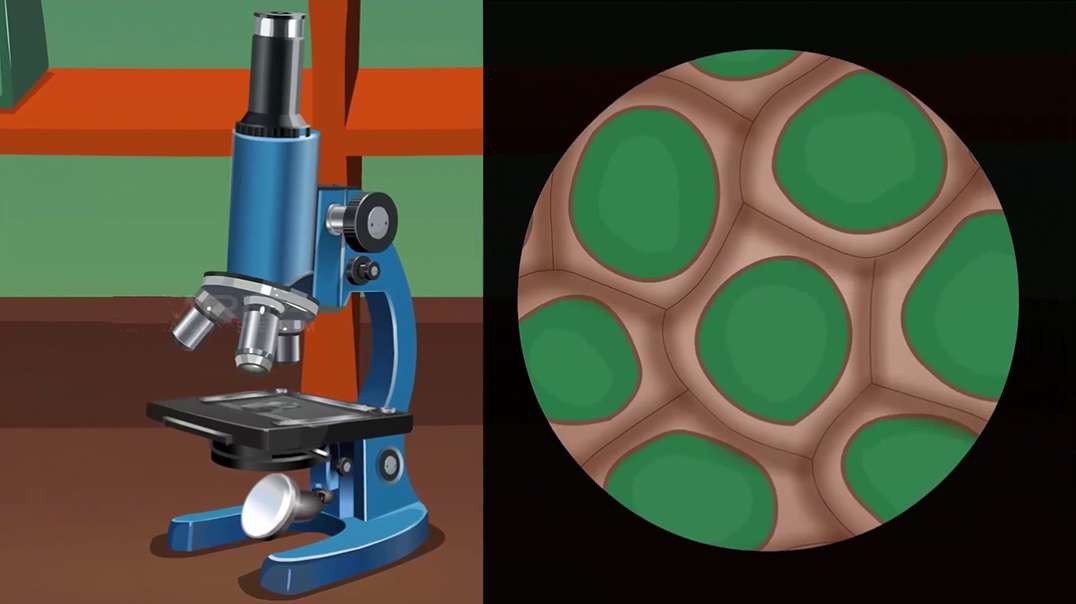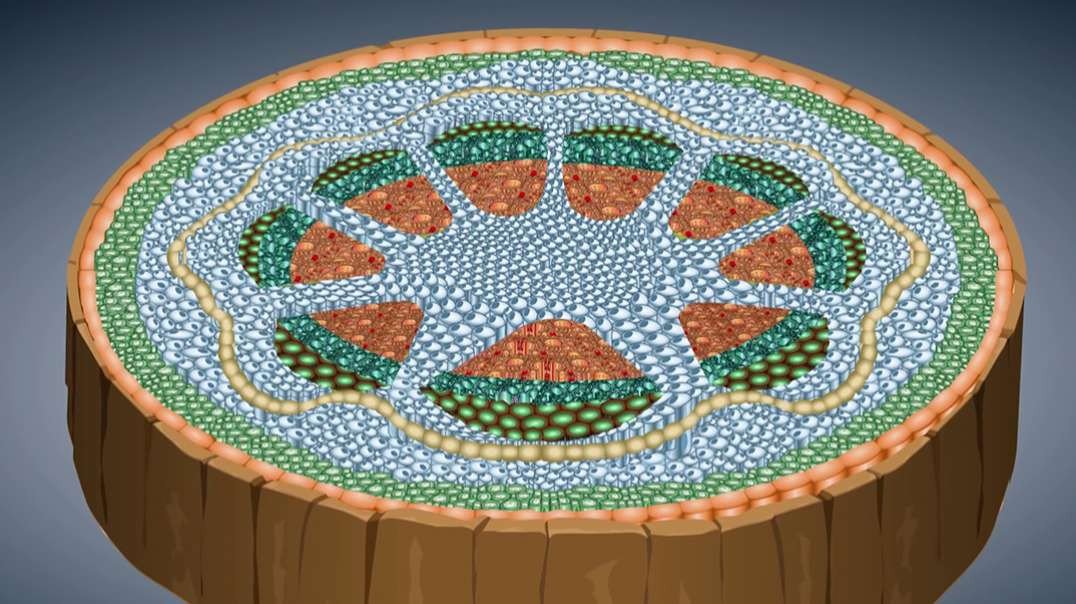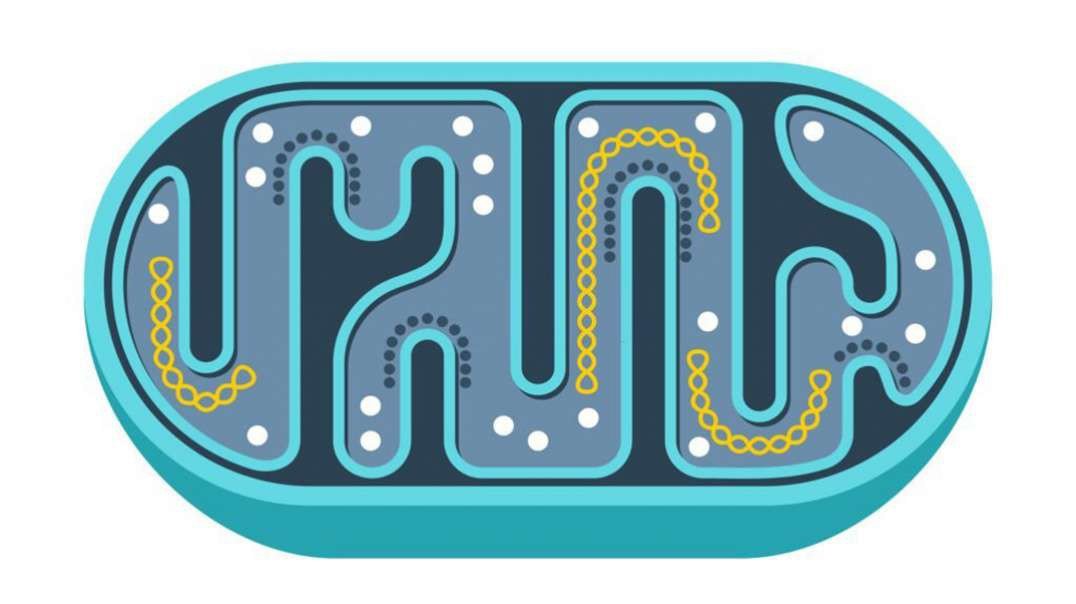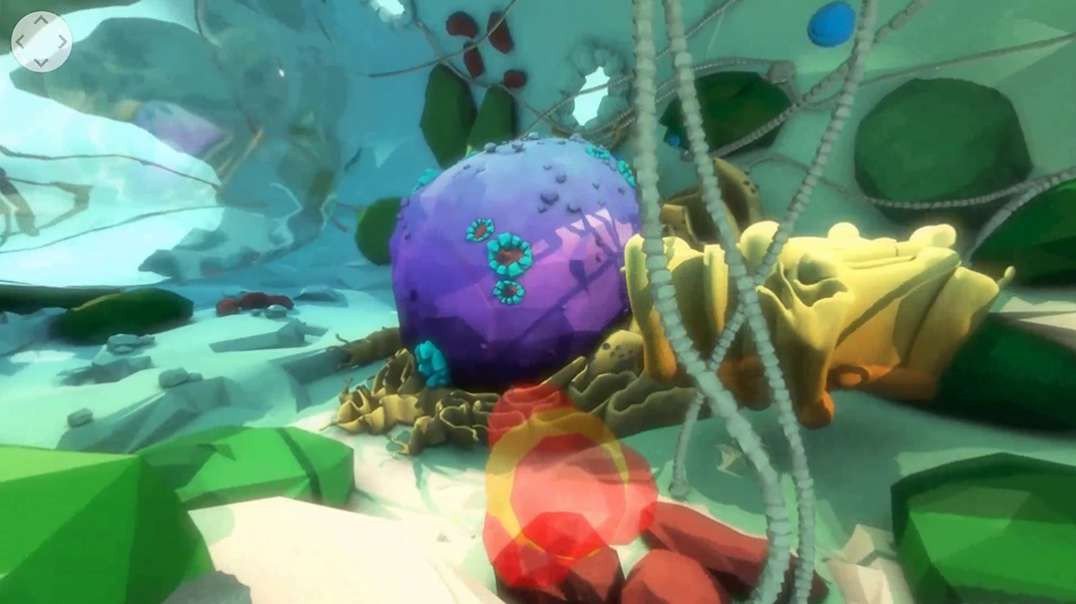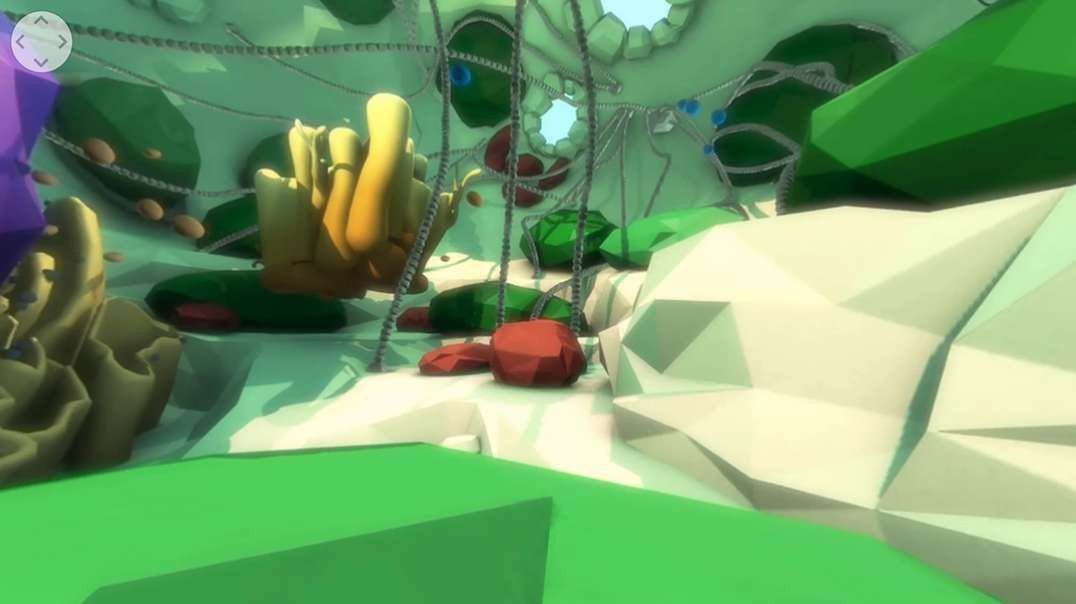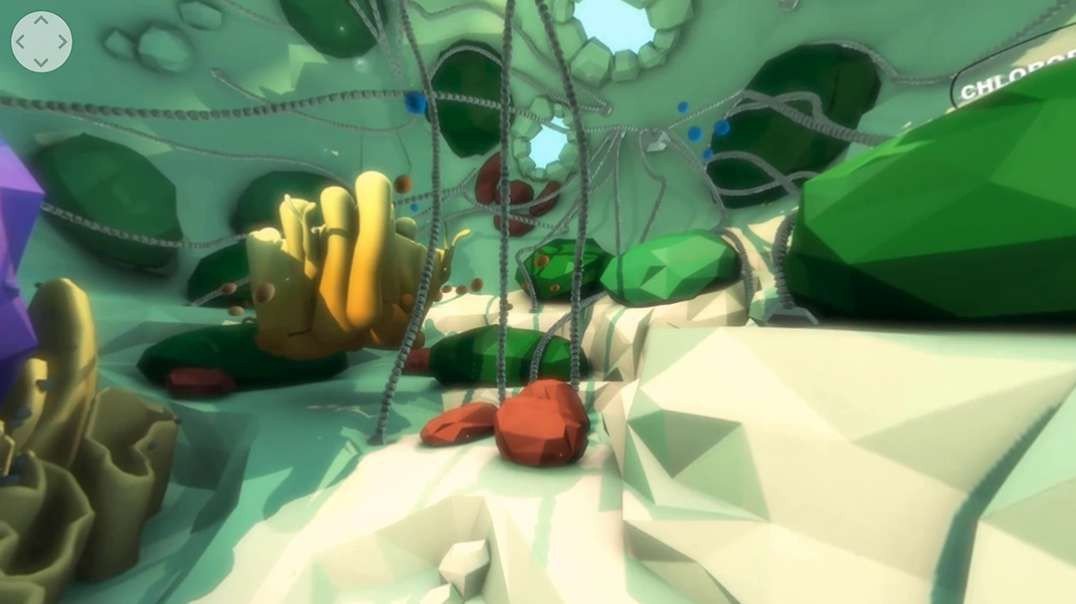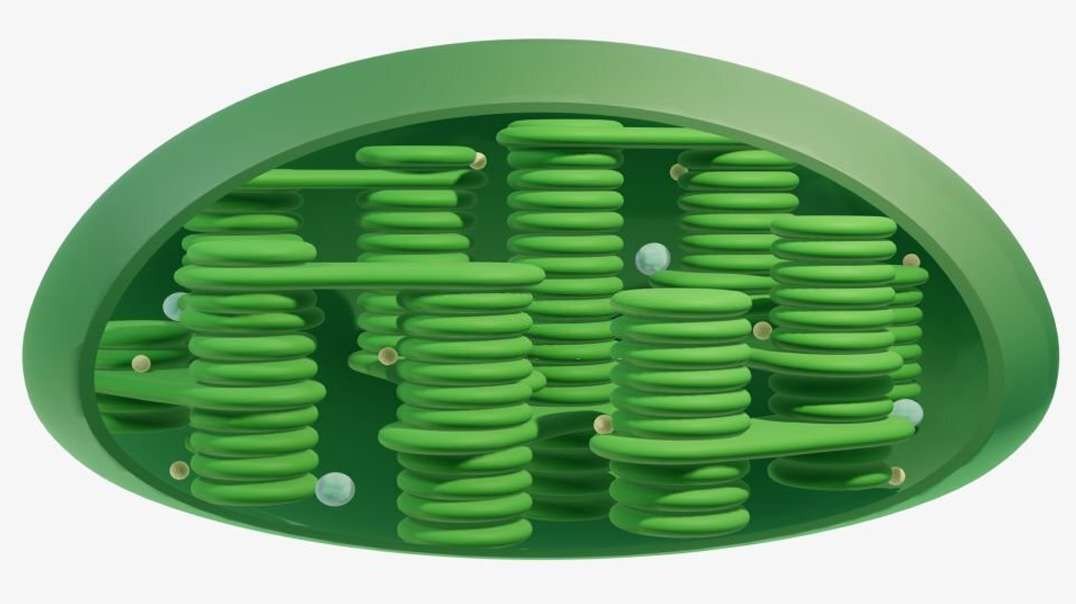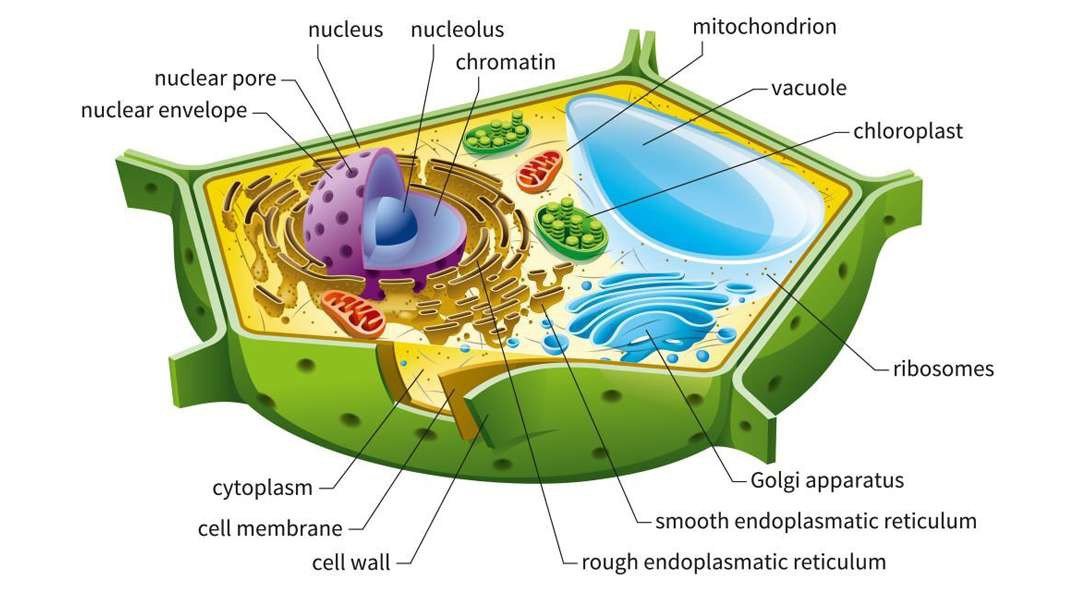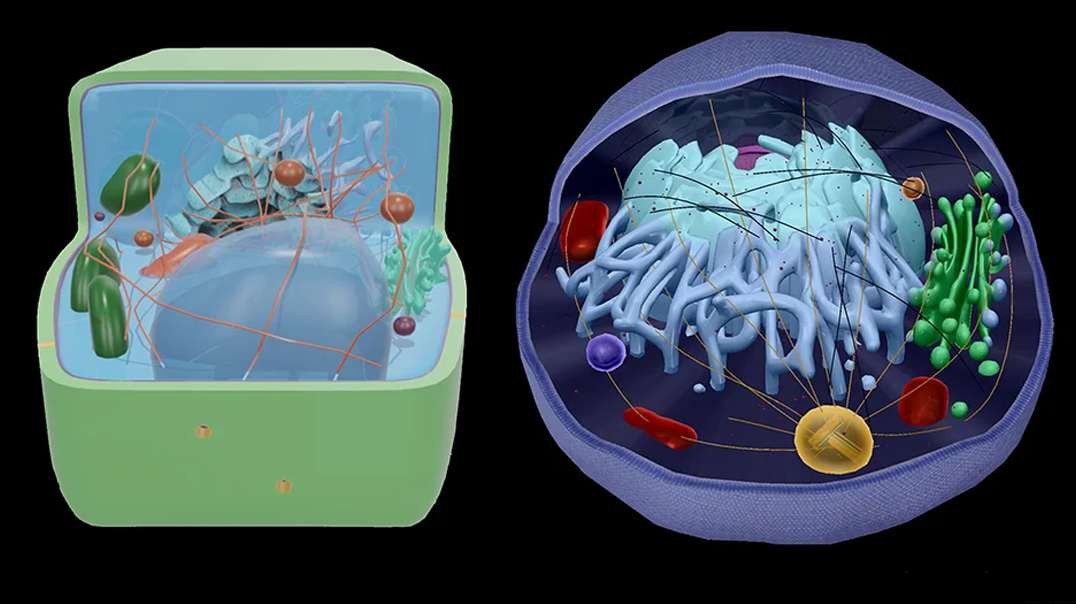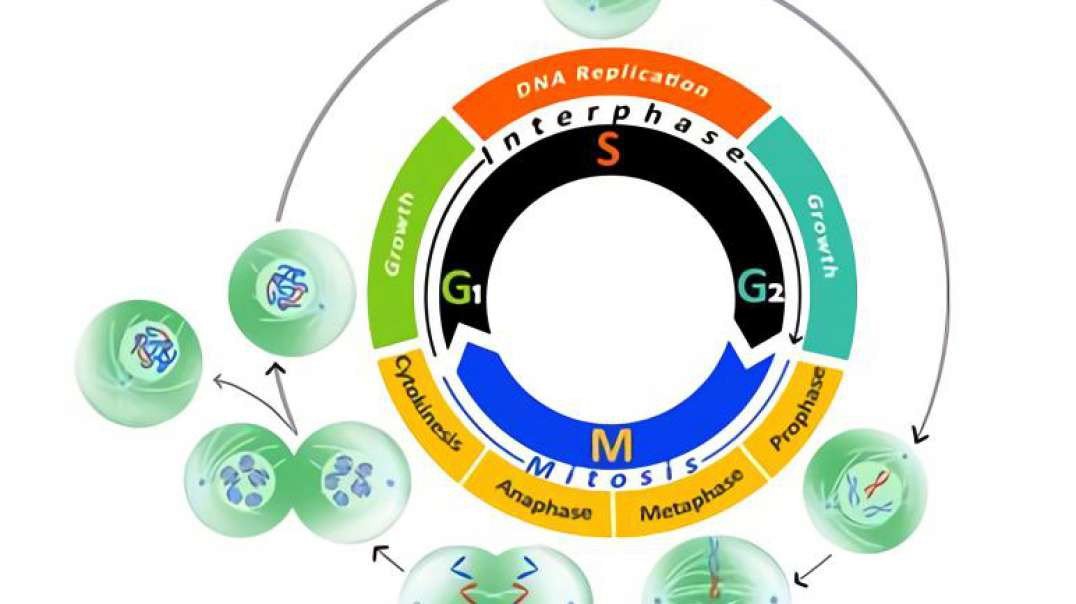
:
Virtual Plant Cell: Into Aquaporins. VPC 360º
TRANSCRIPT:
Plants are amazing. They create energy from sunlight and they use this energy to create what we use for our food, fuel and fibre, and this takes us on a journey deep into the inner world of a plant cell.
Plant cells collect sunlight and use it to convert water and carbon dioxide into sugar. This process is called photosynthesis. Photosynthesis happens inside the many green chloroplasts found around a plant cell.
The movement of water, carbon dioxide and other molecules like nitrogen, sugars and salts are vital for good plant health.
But how do water and other solutes get into the cell? Aquaporins are here to help. Aquaporins are tiny protein channels that are created in plant cells. They facilitate diffusion, the movement of important solutes, across cell membranes.
Aquaporins can be found in different membranes of the cell.
Water, carbon dioxide, and more is moved across these membranes, via aquaporin channels, as required.
Let’s see how plant cells create aquaporins when needed.
Proteins like aquaporins are coded for by genes. This is a sequence of information within a cell’s DNA. A message, called RNA, is first created from a gene through a process called transcription.
Messages move out of the nucleus to the ribosome. Here, the RNA message is “read” to create an aquaporin protein. This process of building a protein from an RNA message is called translation.
Aquaporins, like all proteins in a cell, have a unique structure. An aquaporin’s main function is to act as a channel that sits in a membrane. The aquaporin’s structure reflects this role.
Through research we can come to understand how aquaporins work, and how they work best. We can apply this knowledge to produce higher yielding crop plants by maximising their photosynthesis, improving their salt tolerance and enhancing their ability to survive challenging environmental conditions. And more efficient and resilient crops will ensure a secure food future.
